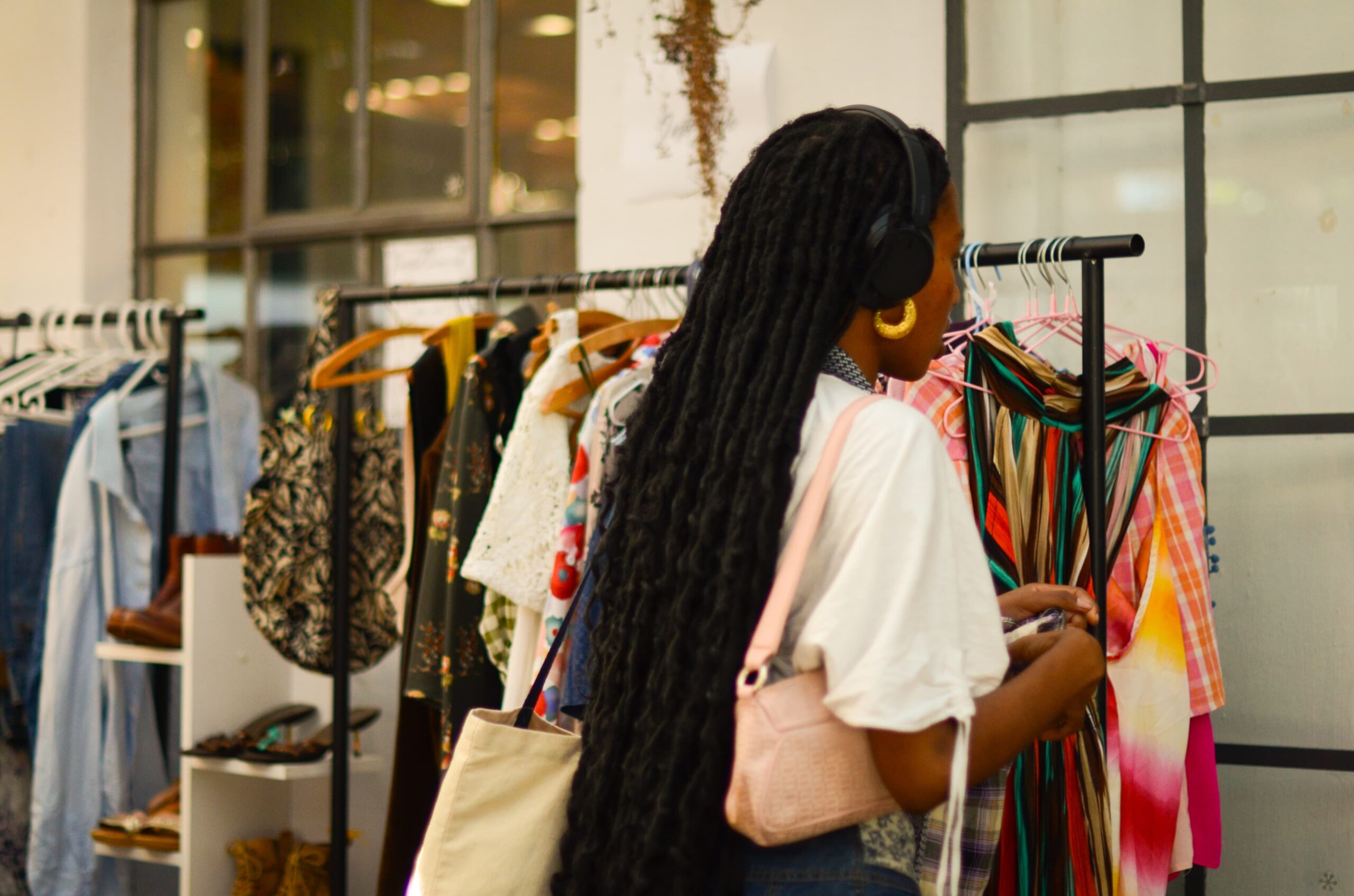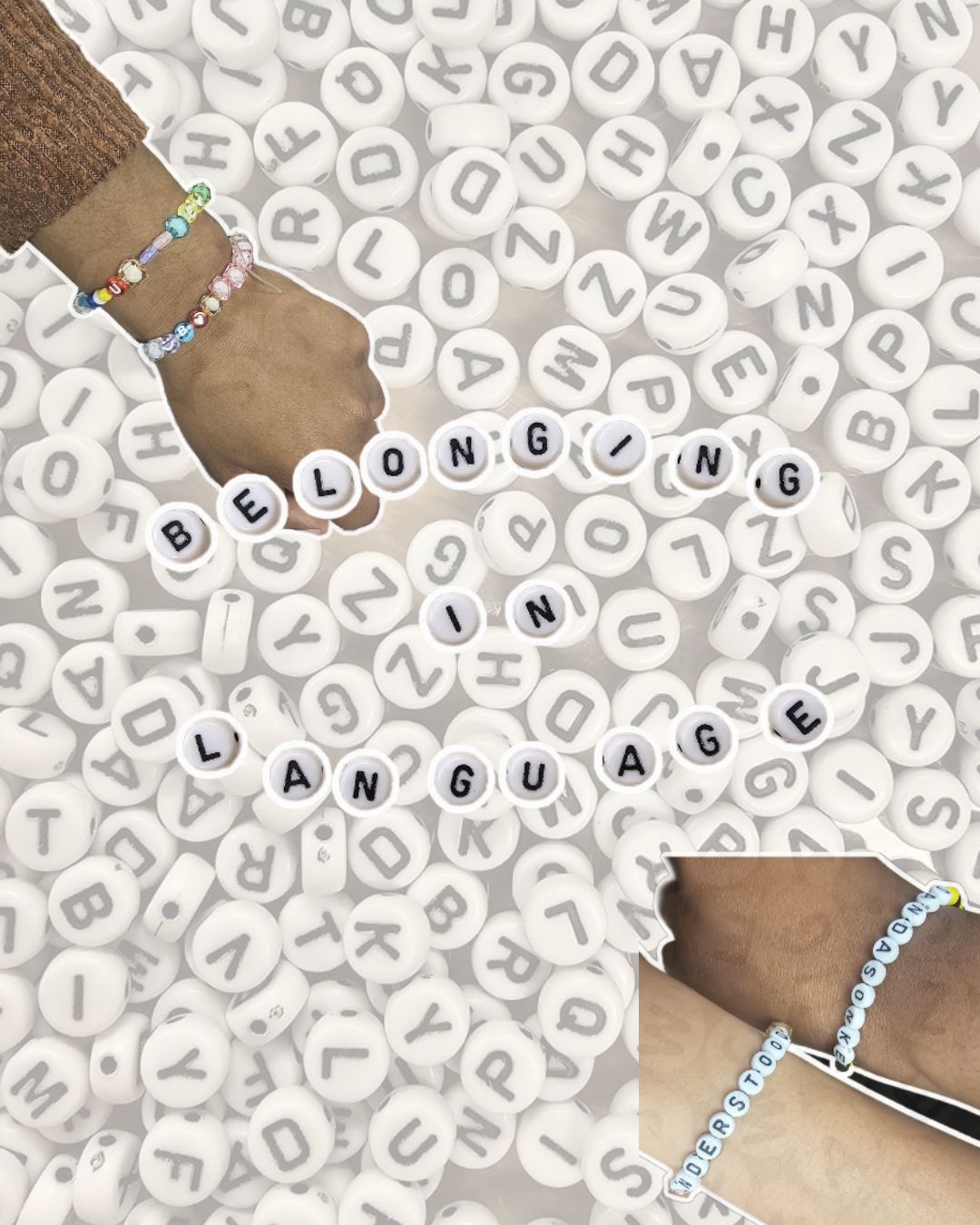Service dogs provide crucial help for their handlers. Despite a strict selection process and intensive training, humans interacting with service dogs can affect their performance. People with disabilities with service dogs often have to deal with unsolicited pats and treats from strangers distracting their dogs. This can cause inconvenience or even harm.
It’s for this reason that it is important to practice proper service dog etiquette.
Milly is Luigia Nicholas’s guide dog. Nicholas is the coordinator for marketing and training at Stellenbosch University’s (SU) disability unit. “She is my eyes,” said Nicholas. “She makes sure that I walk safely, and don’t walk into obstacles. She guides me through pedestrian crossings and traffic lights. She also makes other people aware that I can’t see.”
But she is still a dog. She gets distracted easily by attention, like pets, and gets excited when people talk to her. This can put Nicholas at risk if she is in a chaotic environment.
“Isadora,” guide dog of Carli, former BA (Humanities) student, “has remarkable focus when she has a mission,” says Carli. She can receive attention from strangers while navigating Carli through busy crowds. But every dog has its own personality and behaviour.
It doesn’t mean you can never interact with a service dog. You just need to know when it is polite to do so.
These are some general rules to follow:
Always ask the handler first before you interact with their dog.
Know the surroundings
If you and the person are at a road crossing, and they have a seeing-eye dog, it’s not a good time to ask to pet their dog.
Luigia doesn’t mind Millie getting attention when she is in her office.
Medical alert dogs might need to be alert in more places than you think.
Working dogs get breaks too, and it is generally better to interact with them in these times.
If the dog is not wearing their vest or harness, it usually means they are on break.
“Without [Isadora’s] harness, she is just a normal dog,”says Carli. “With the harness on, she is on duty. She loves people around her and lots of pets.”
It’s important to know that it is up to the handler. They know their needs and their dog.
“I know it sounds harsh, but if you distract the dog, you also disorient the handler,” says Luigia.
By Nina Goosen



